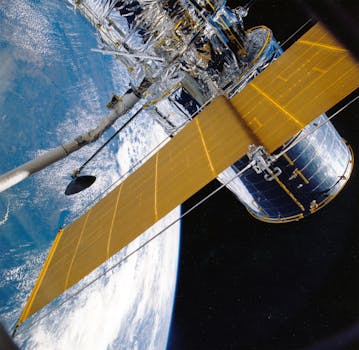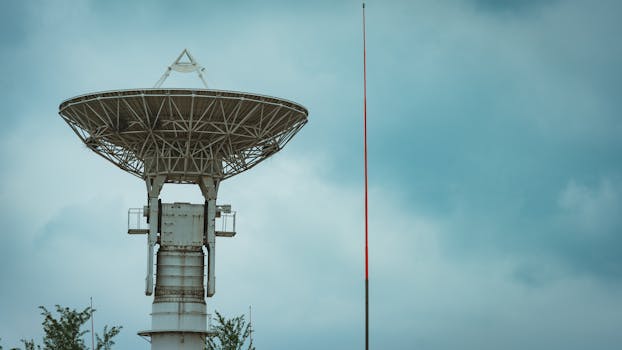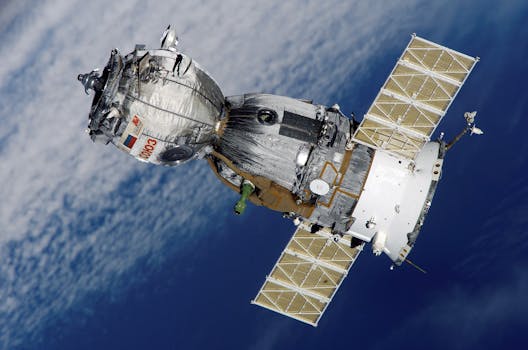
LEO Satellites: The Future of Global Connectivity – LEO Satellites
LEO satellites, or Low Earth Orbit satellites, are revolutionizing the way we communicate and access information. With the ability to provide high-speed, low-latency connectivity, LEO satellites are transforming the telecommunications industry and enabling global connectivity like never before. In this article, we will explore the benefits and advancements of LEO satellites and their impact on the future of global communication.
LEO satellites are a type of satellite that orbits the Earth at an altitude of approximately 160 to 2,000 kilometers. This low orbit allows for faster communication and lower latency compared to traditional geostationary satellites, which orbit at an altitude of around 36,000 kilometers. The lower orbit also enables LEO satellites to provide more precise and detailed imaging, making them ideal for applications such as Earth observation, remote sensing, and navigation.
Benefits of LEO Satellites

One of the primary benefits of LEO satellites is their ability to provide high-speed, low-latency connectivity. This makes them ideal for applications such as video streaming, online gaming, and virtual reality. LEO satellites can also provide connectivity to remote and underserved areas, where traditional communication infrastructure is limited or non-existent. Additionally, LEO satellites can be used for disaster response and recovery, providing critical communication services in the aftermath of a disaster.
Another benefit of LEO satellites is their relatively low cost compared to traditional satellite technology. The launch costs for LEO satellites are significantly lower than those for geostationary satellites, making them a more affordable option for many organizations and individuals. This has led to an increase in the number of LEO satellite launches in recent years, with many companies and governments investing in the development of LEO satellite constellations.
Advancements in LEO Satellite Technology

There have been significant advancements in LEO satellite technology in recent years, driven by advances in materials science, propulsion systems, and communication technology. One of the key areas of advancement is in the development of more efficient propulsion systems, which enable LEO satellites to maintain their orbit and extend their lifespan. Additionally, there have been significant improvements in communication technology, including the development of higher-gain antennas and more efficient modulation schemes.
Another area of advancement is in the development of smaller, more compact LEO satellites, known as CubeSats. These small satellites are typically around the size of a shoebox and weigh less than 1.33 kilograms. Despite their small size, CubeSats are capable of performing a wide range of tasks, from Earth observation to communication and navigation. The development of CubeSats has democratized access to space, enabling universities, research institutions, and even individuals to launch their own satellites into orbit.
Challenges and Limitations of LEO Satellites

While LEO satellites offer many benefits, there are also several challenges and limitations to their use. One of the primary challenges is the limited lifespan of LEO satellites, which can range from a few months to a few years. This requires frequent launches to replace satellites that have reached the end of their lifespan, which can be costly and logistically complex. Additionally, LEO satellites are more susceptible to interference from other satellites and space debris, which can impact their performance and lifespan.
Another challenge is the regulatory environment surrounding LEO satellites. The use of LEO satellites is regulated by various national and international authorities, which can create complexity and uncertainty for organizations and individuals seeking to launch and operate LEO satellites. Additionally, there are concerns about the environmental impact of LEO satellites, including the potential for space debris and the impact on astronomical research.
Conclusion

In conclusion, LEO satellites are transforming the way we communicate and access information. With their high-speed, low-latency connectivity, LEO satellites are enabling global connectivity like never before. While there are challenges and limitations to their use, the benefits of LEO satellites make them an exciting and rapidly evolving area of technology. As the demand for global connectivity continues to grow, it is likely that LEO satellites will play an increasingly important role in meeting this demand and shaping the future of global communication.
See more:




